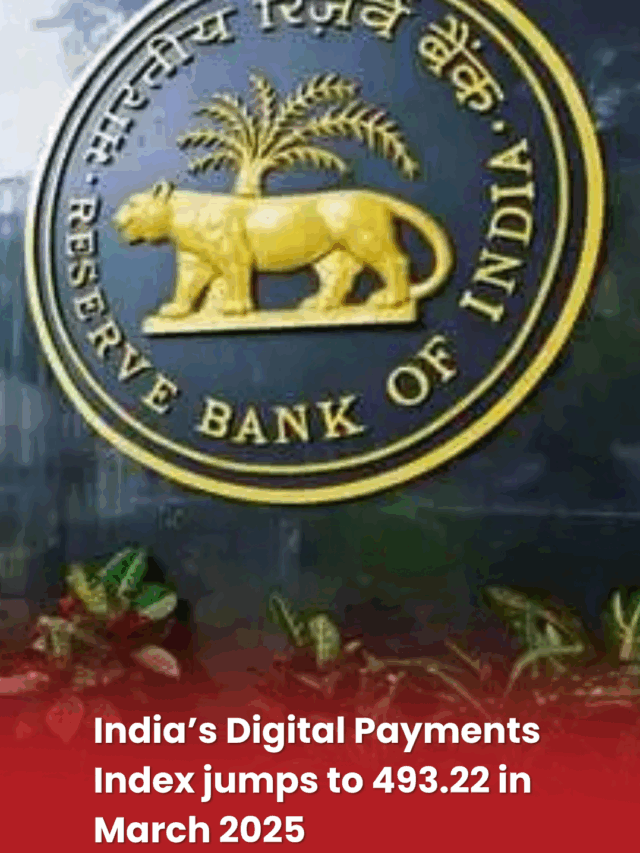Source: Money Control
The Reserve Bank of India (RBI), in its latest bulletin, highlighted a notable decline in default rates within the infrastructure sector, which has had a positive impact on investor confidence. This trend has been a significant factor in driving increased investments and bond issuances in the infrastructure domain. Several factors have contributed to this decline in defaults, primarily the ongoing reforms and stronger regulatory frameworks within the financial system.

Key Drivers Behind the Decline in Default Rates
Historically, the infrastructure sector has been plagued with high non-performing assets (NPAs) due to the long gestation period of projects, interdependencies between different components, and the complexity of financing. However, recent policy interventions and improvements in financial governance have reversed this trend, leading to the decrease in the defaults. NPAs in the sector, which peaked at around 8.5% in FY16, have now dropped significantly to about 1.1% in FY24, according to RBI’s data.
Role of Financial Reforms
One of the critical reforms contributing to this improvement is the RBI’s push for more structured and targeted financing mechanisms. For instance, banks and Non-Banking Financial Companies (NBFCs) are now allowed to exceed standard credit exposure limits for infrastructure projects, with added flexibility in lending terms. Moreover, long-term infrastructure bonds, exempt from certain regulatory requirements like Cash Reserve Ratio (CRR) and Statutory Liquidity Ratio (SLR), have provided a new avenue for raising capital.
The establishment of the National Bank for Financing Infrastructure and Development (NaBFID) has also played a pivotal role in channeling funds into infrastructure projects. With NaBFID sanctioning over ₹1 lakh crore in infrastructure loans, the sector has seen a considerable boost in its ability to finance long-term projects. NaBFID’s efforts to attract institutional investors such as pension funds and insurance companies have further contributed to the overall stability of the sector.

Impact on Investor Sentiment
The reduction in default rates has naturally improved the sentiment among investors. The surge in infrastructure bond issuances is a clear indication of this renewed confidence. Investors, particularly those from institutional backgrounds, now view infra projects as less risky, which has resulted in more consistent inflows of capital into this sector. The robust performance of Non-Banking Financial Companies (NBFCs) and the improved resilience of banks have further solidified this confidence.
The positive outlook is not just confined to the banking sector but extends to private investments as well. As the government continues its focus on expanding infrastructure through public-private partnerships, the environment for private capital investment in infrastructure has never been better. In fact, private corporate investment intentions have been on the rise, particularly in sectors such as roads, renewable energy, and urban infrastructure.

Future Outlook and Challenges
Despite these positive developments, challenges remain. The infrastructure sector’s complex interdependencies mean that delays or disruptions in one project can affect the entire value chain. Furthermore, while the financial system has shown signs of stability, continuous monitoring is needed to ensure that the current momentum is not disrupted by external factors such as inflationary pressures or global financial shocks.
Going forward, the continued support of regulatory bodies like the RBI, as well as initiatives from NaBFID, will be crucial in maintaining investor confidence and driving the next phase of infra development in India. With the sector poised for growth, driven by both domestic and foreign investments, the future looks promising for India’s infrastructure landscape.
The decline in default rates within the infrastructure sector, coupled with favorable policy reforms and investor-friendly financial frameworks, has significantly bolstered investor confidence. As India marches towards its goal of becoming a developed economy by 2047 and will undoubtedly remain a key pillar of its growth story.
Follow for more updates.

















